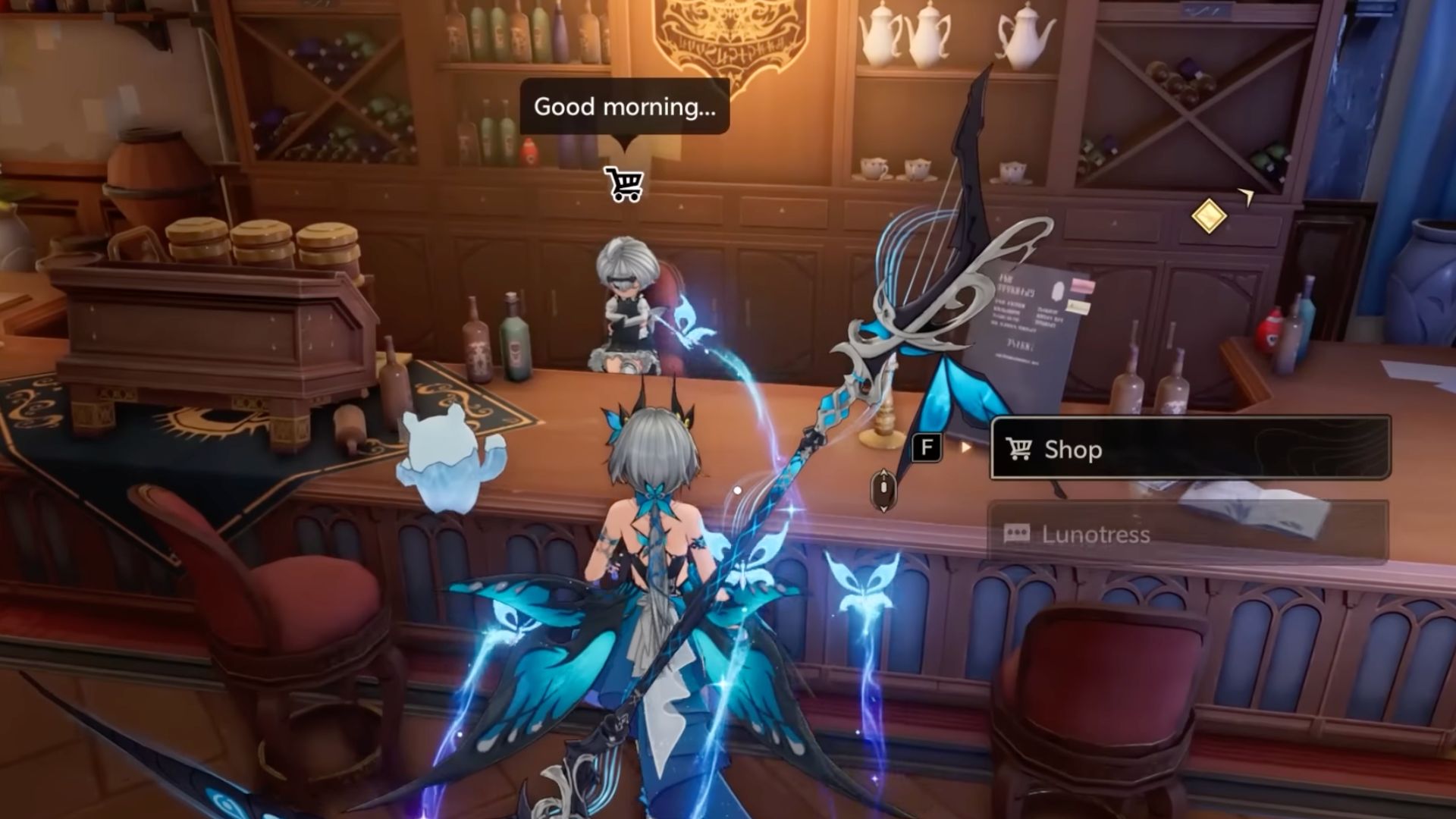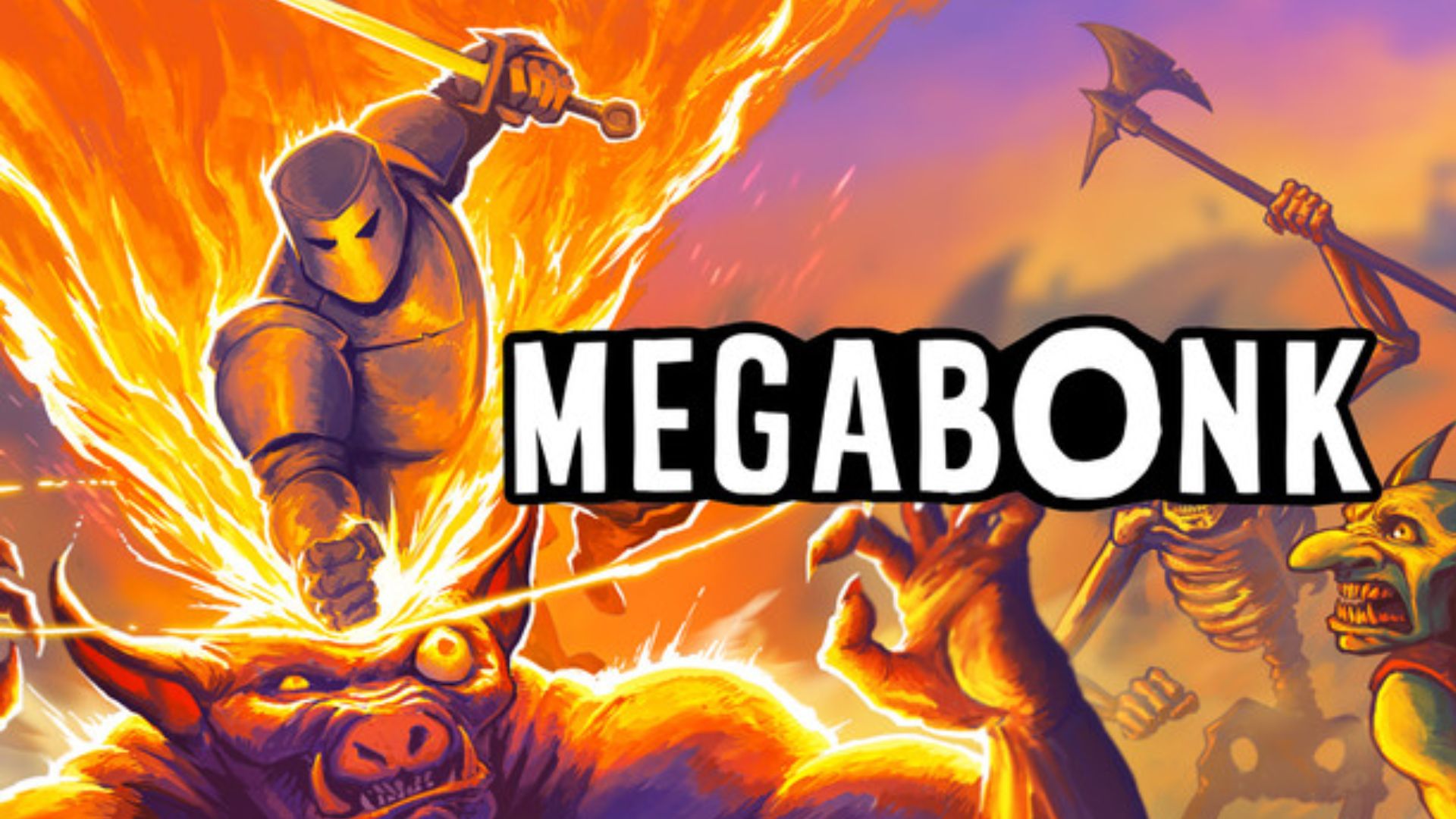Everything you need to know GSC Game World’s upcoming title, Stalker 2, and its use of Epic Games’ Unreal Engine 5.

Developer GSC Game World’s upcoming survival game, Stalker 2: Heart of Chornobyl, is just a few days away from its official release date. While the original Stalker game, Stalker: Shadow of Chernobyl was more of a cult classic, the sequel has garnered a lot of mainstream attention, and for all the right reasons. Stalker 2, much like its predecessor, offers an open-world sandbox, with survival elements.
The Stalker games are quite similar to 4A Games’ iconic Metro series, albeit with much more open levels, and an immersive, sim-like structure. One of the big reasons for Stalker 2’s mainstream appeal is its graphical fidelity and presentation.
Stalker 2: Heart of Chronobyl, unlike its predecessors, is built on Unreal Engine 5. The previous Stalker games were built on GSC Game World’s proprietary X-Ray Engine. Here’s everything you need to know about Stalker 2, its use of Unreal Engine 5, the reasons behind it, and more.
Why Does Stalker 2 Use Unreal Engine 5?
The primary reason behind Stalker 2: Heart of Chornobyl’s use of Unreal Engine 5 lies in its open-world structure. Unlike the original Stalker, the sequel aims to deliver a seamless open-world experience. Instead of being divided into separate zones, divided by loading screens, the entire map of Stalker 2 is one giant open-world sandbox.
Stalker 2’s structure is similar to that of Arkane Studios’ highly underappreciated cult-classic, Prey (2017)’s Talos 1. To make the seamless open-world possible, GSC Game World had to ditch their proprietary X-Ray Engine. This is where Unreal Engine 5 comes in, with its tools that support a game of this scale.

Furthermore, Stalker 2 uses UE5 features like Lumen, Nanite, and even World Partition. With the sequel, GSC Game World is aiming for a more mature and realistic portrayal of the “Zone,” to add to the game’s overall immersion factor. Furthermore, UE5’s toolset also allows for the introduction of modern graphical technologies like real-time ray-tracing and advanced global illumination.
Are There Any Downsides To Using Unreal Engine 5?
There’s a common misconception among players regarding Unreal Engine 5 and its impact on performance. Despite being developed with current-generation console and PC hardware in mind, some players think UE5 games seldom run well on anything other than the highest-end PCs. This can’t be further from the truth. In fact, UE5 is much easier to run on most modern hardware compared to its immediate predecessor, UE4.
The performance issues mostly boil down to how the developers optimize their game for the target platforms. Unreal Engine 5 games do ship with somewhat higher VRAM requirements compared to most AAA games.
As such, if you’re planning to Stalker 2 or any future title built using UE5, it’s best to always go through the official system requirements first, before purchasing it.
Stalker 2 PC System Requirements
Here are the offical PC system requirements for Stalker 2: Heart of Chornobyl:
Minimum
- OS: Windows 10, Windows 11
- Processor: AMD Ryzen 5 1600X / Intel Core i5-7600K
- Memory: 8 GB RAM
- Graphics: AMD Radeon RX 580 8GB / NVIDIA GeForce GTX 1060 6GB
- Storage: 150 GB available space
- Additional Notes: SSD
Recommended
- OS: Windows 10, Windows 11
- Processor: AMD Ryzen 7 3700X / Intel Core i7-9700K
- Memory: 16 GB RAM
- Graphics: AMD Radeon RX 5700 XT 8GB / NVIDIA GeForce RTX 2070 SUPER 8GB / NVIDIA GeForce GTX 1080 Ti 11GB
- Storage: 150 GB available space
- Additional Notes: SSD
Looking For More?
Thank you for reading the Stalker 2 article. We provide the latest news and create guides for Baldur’s Gate 3, Fallout 4, ARK Survival Ascended, and more. Also, watch Deltia play games on Twitch or visit his YouTube channel!
 Reddit
Reddit
 Email
Email


